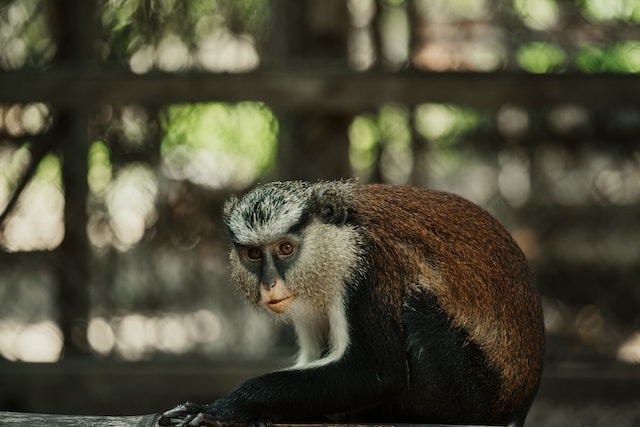Introduction: The COVID-19 pandemic brought about a significant shift in human behavior, resulting in empty streets and quiet cities as people stayed home to curb the spread of the virus. While this period has been challenging for humans, it has offered unexpected benefits for wild mammals. With reduced human activity and less disturbance, forests and natural areas became havens for these creatures. In this article, we will explore how COVID-19 created a unique opportunity for wild mammals to thrive in their natural habitats.
- Reduced Human Presence: The implementation of lockdown measures and travel restrictions resulted in a drastic reduction in human presence in natural areas. With fewer hikers, campers, and recreational activities taking place, wild mammals found themselves in an environment with significantly less disturbance and human interference. This reduction in human presence allowed them to reclaim their territories, forage undisturbed, and engage in natural behaviors.
- Increased Range and Habitat Exploration: With the absence of human activity, wild mammals were emboldened to explore new territories, including urban fringes and areas typically dominated by human presence. Forest-dwelling species like deer, foxes, and even larger mammals such as bears and mountain lions were spotted in suburban neighborhoods, reminding us of the remarkable adaptability of wildlife when given the opportunity.
- Breeding Success: The reduced human disturbance during the pandemic provided a conducive environment for successful breeding among wild mammal populations. With fewer disturbances to nesting sites and habitats, species such as squirrels, rabbits, and various bird species experienced higher reproductive success rates. This resulted in increased sightings of newborns and thriving populations in many regions.
- Ecological Benefits: The increased presence of wild mammals during the pandemic had positive ecological effects. Herbivorous mammals like deer played a crucial role in controlling vegetation growth and preventing overgrazing in certain areas. The resurgence of predator populations helped maintain a balance among different species, contributing to overall ecosystem health and resilience.
- Wildlife Adaptation: The reduced human activity allowed wild mammals to exhibit behavioral changes and adaptations. Nocturnal species, such as raccoons and owls, were observed during daylight hours, taking advantage of the reduced human presence. These behavioral shifts provided researchers with valuable opportunities to study and understand the flexibility and resilience of wildlife in response to changing circumstances.
- Human-Wildlife Coexistence: As humans stayed home and observed the resurgence of wild mammals, there was an opportunity to foster a deeper appreciation for the importance of coexistence. People witnessed firsthand the beauty and diversity of wildlife in their own neighborhoods and gained a better understanding of the need to protect and conserve natural habitats. This newfound awareness can lead to more responsible behaviors and support for conservation initiatives in the long run.
- Inspiring Future Conservation Efforts: The pandemic period serves as a reminder of the delicate balance between humans and wildlife. It highlights the importance of conservation efforts, sustainable practices, and preserving natural habitats for the well-being of wild mammal populations and the overall health of ecosystems. The lessons learned during this time can inspire future conservation initiatives, policy changes, and public engagement to ensure the long-term survival of these species.
Conclusion: The COVID-19 pandemic brought about an unexpected shift in human behavior, creating a haven for wild mammals in the absence of human disturbance. The reduced human presence allowed for increased range exploration, successful breeding, and ecological benefits. It also provided an opportunity for humans to witness the resilience and adaptability of wildlife, fostering a greater appreciation for the need to coexist and protect natural habitats. As we move forward, it is crucial to carry forward the lessons learned during this period and strive for a harmonious relationship between humans and the diverse mammal species that inhabit our planet.




